Anyone installed their range hood higher than recommended?
deedles
11 years ago
Featured Answer
Comments (24)
katy-lou
11 years agolast modified: 9 years agodeedles
11 years agolast modified: 9 years agoRelated Professionals
Carson Kitchen & Bathroom Designers · Hershey Kitchen & Bathroom Designers · San Jose Kitchen & Bathroom Designers · Cherry Hill Kitchen & Bathroom Designers · Beach Park Kitchen & Bathroom Remodelers · Artondale Kitchen & Bathroom Remodelers · Bellevue Kitchen & Bathroom Remodelers · Biloxi Kitchen & Bathroom Remodelers · League City Kitchen & Bathroom Remodelers · Pico Rivera Kitchen & Bathroom Remodelers · West Palm Beach Kitchen & Bathroom Remodelers · Palisades Park Cabinets & Cabinetry · Richardson Cabinets & Cabinetry · Salisbury Cabinets & Cabinetry · Saugus Cabinets & Cabinetrymarcolo
11 years agolast modified: 9 years agodeedles
11 years agolast modified: 9 years agokaseki
11 years agolast modified: 9 years agoD Ahn
11 years agolast modified: 9 years agokaseki
11 years agolast modified: 9 years agogwlolo
11 years agolast modified: 9 years agokaseki
11 years agolast modified: 9 years agodeedles
11 years agolast modified: 9 years agokaseki
11 years agolast modified: 9 years agokaseki
11 years agolast modified: 9 years agokaty-lou
11 years agolast modified: 9 years agofive4me
11 years agolast modified: 9 years agokaseki
11 years agolast modified: 9 years agocolin3
11 years agolast modified: 9 years agofive4me
11 years agolast modified: 9 years agokaseki
11 years agolast modified: 9 years agoSparklingWater
11 years agolast modified: 9 years agokaseki
11 years agolast modified: 9 years agoSparklingWater
11 years agolast modified: 9 years agokaseki
11 years agolast modified: 9 years agokimberboo
10 years agolast modified: 9 years ago
Related Stories

KITCHEN APPLIANCESWhat to Consider When Adding a Range Hood
Get to know the types, styles and why you may want to skip a hood altogether
Full Story
KITCHEN DESIGNThe Cure for Houzz Envy: Kitchen Touches Anyone Can Do
Take your kitchen up a notch even if it will never reach top-of-the-line, with these cheap and easy decorating ideas
Full Story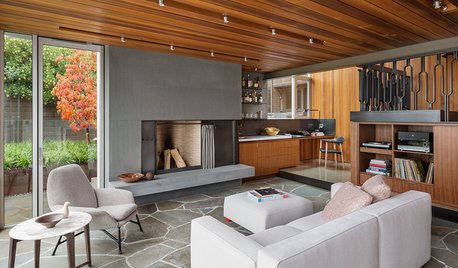
FLOORSHow to Get a Tile Floor Installed
Inventive options and durability make tile a good choice for floors. Here’s what to expect
Full Story
BATHROOM DESIGNShould You Install a Urinal at Home?
Wall-mounted pit stops are handy in more than just man caves — and they can look better than you might think
Full Story
REMODELING GUIDESContractor Tips: How to Install Tile
Before you pick up a single tile, pull from these tips for expert results
Full Story
MATERIALSThe Most Popular Roofing Material is Affordable and Easy to Install
Asphalt shingles, the most widely used roof material in the U.S. are reliable and efficient, and may be right for you
Full Story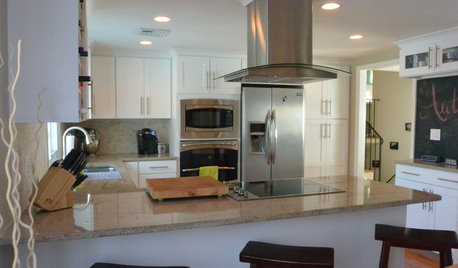
BEFORE AND AFTERSA ‘Brady Bunch’ Kitchen Overhaul for Less Than $25,000
Homeowners say goodbye to avocado-colored appliances and orange-brown cabinets and hello to a bright new way of cooking
Full Story
GREAT HOME PROJECTSHow to Install Energy-Efficient Windows
Learn what Energy Star ratings mean, what special license your contractor should have, whether permits are required and more
Full Story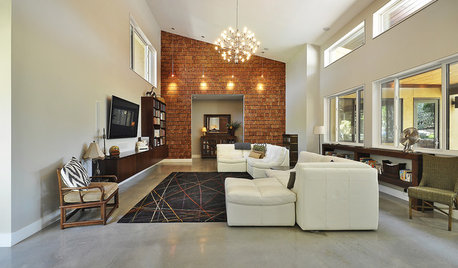
LIGHTINGReady to Install a Chandelier? Here's How to Get It Done
Go for a dramatic look or define a space in an open plan with a light fixture that’s a star
Full Story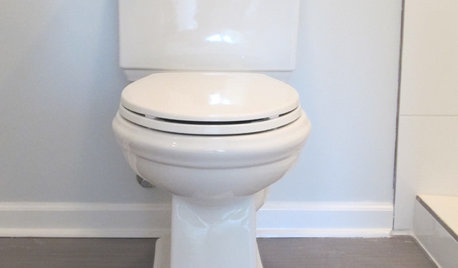
BATHROOM DESIGNHow to Install a Toilet in an Hour
Putting a new commode in a bathroom or powder room yourself saves plumber fees, and it's less scary than you might expect
Full Story





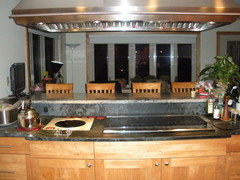


sjerin